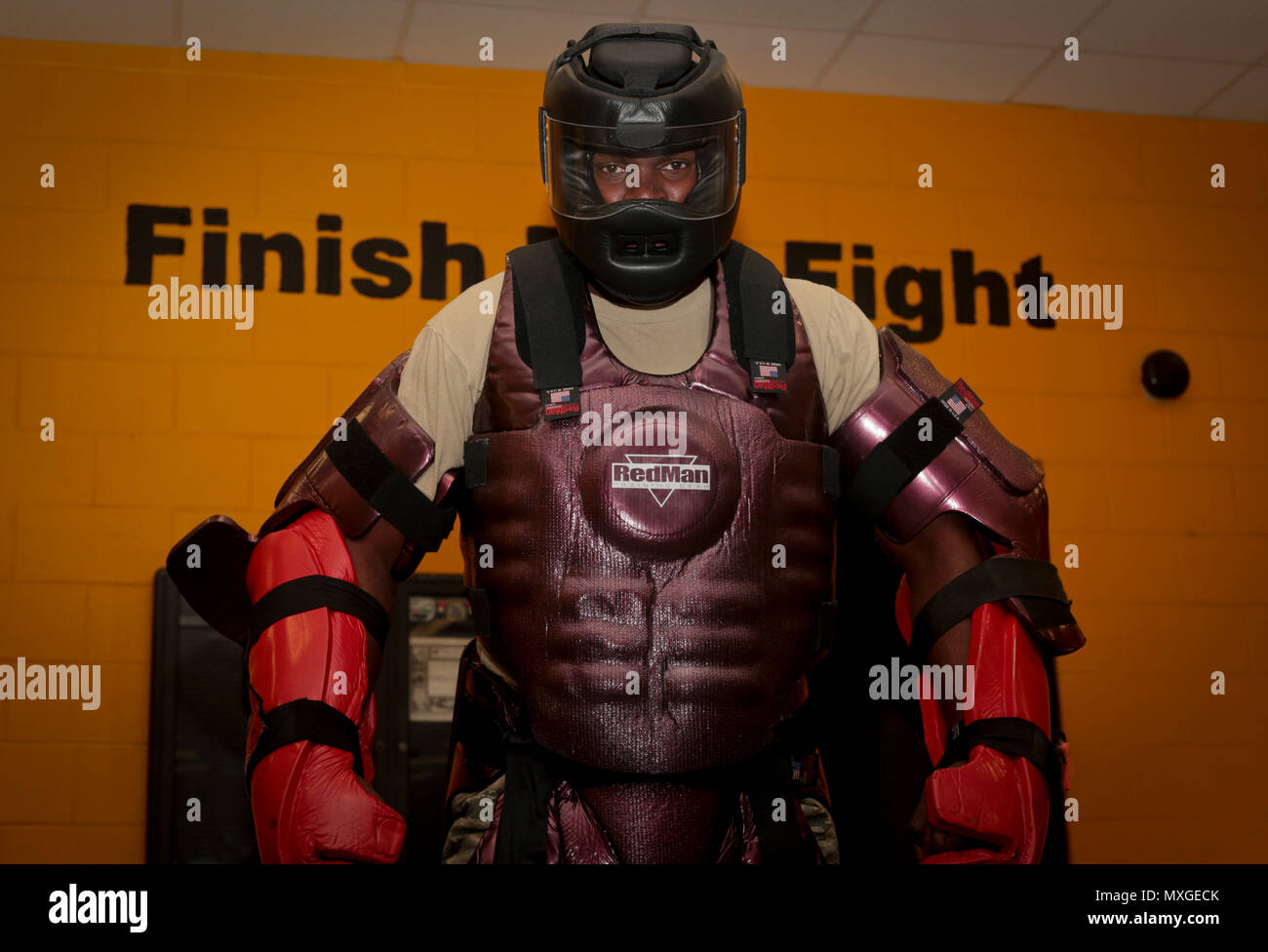

The meaning "policeman's club" is first recorded 1856. According to the Online Etymology Dictionary, this name is first recorded in 1848 as slang for a burglars' crowbar. In the Victorian era, police in London carried truncheons about one foot long called billy clubs.

The use or carrying of batons or improvised clubs by people other than law enforcement officers is restricted by law in many countries. Some criminals use batons as weapons because of their simple construction and easy concealment. Batons are also used for non-weapon purposes such as breaking windows to free individuals trapped in a vehicle, or turning out a suspect's pockets during a search (as a precaution against sharp objects). The usual striking or bludgeoning action is not produced by a simple and direct hit, as with an ordinary blunt object, but rather by bringing the arm down sharply while allowing the truncheon to pivot nearly freely forward and downward, so moving its tip much faster than its handle. It can be used defensively to block offensively to strike, jab, or bludgeon and it can aid in the application of armlocks. It is carried as a compliance tool and defensive weapon by law-enforcement officers, correctional staff, security guards and military personnel.Ī baton may be used in many ways as a weapon. A 1968-era Chicago Police helmet and billy clubĪ baton (also known as a truncheon or nightstick) is a roughly cylindrical club made of wood, rubber, plastic, or metal.


 0 kommentar(er)
0 kommentar(er)
